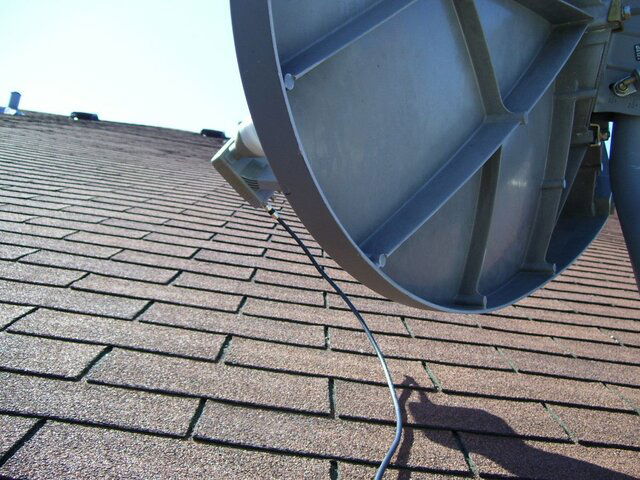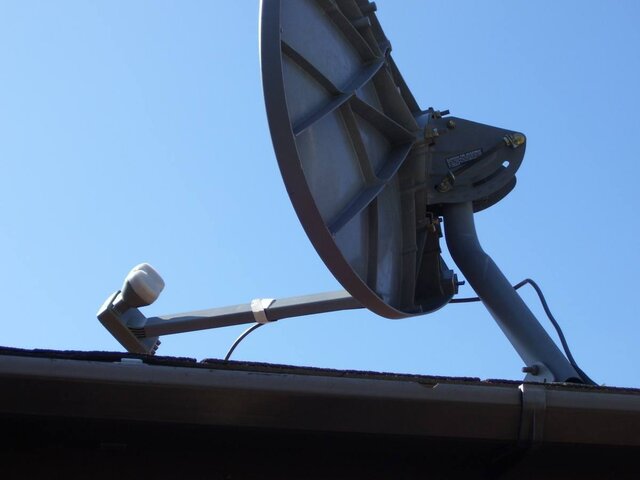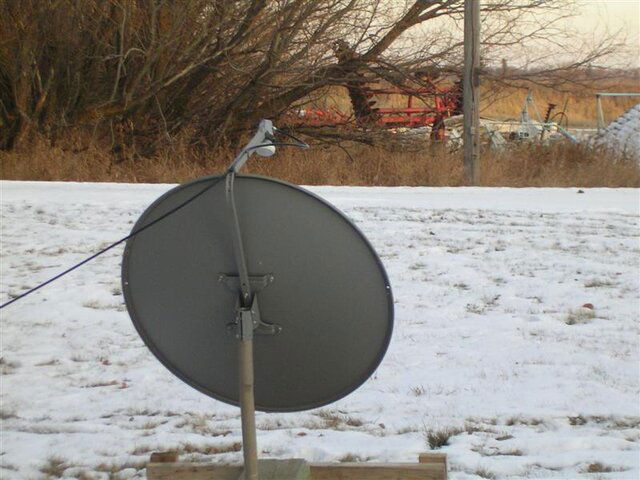I'm currently seeing 61.5w to 125w with my 90 cm fortec type dish/sg2100 with my due south 79w and strong inputs at both ends. Some recent 30w threads tweaked my interest in maybe scouting way more easterly on the arc. My question is what is the lowest practical elevation anyone has tried with a Ku dish. Some of the 0 to 15w birds are still above the horizon for me and show tp's pointed this way but to get them I will need as low as a 9 degree tilt. Is this even worth pursuing? Not sure I can even do this as my dish is not perfectly aligned to give me h to h (probably biased a bit west due to my roof alignment) so it may not track far enough east anyway and I may have some ground obstructions in the way but hey, its a hobby.
So worth trying or a waste of time?
So worth trying or a waste of time?








